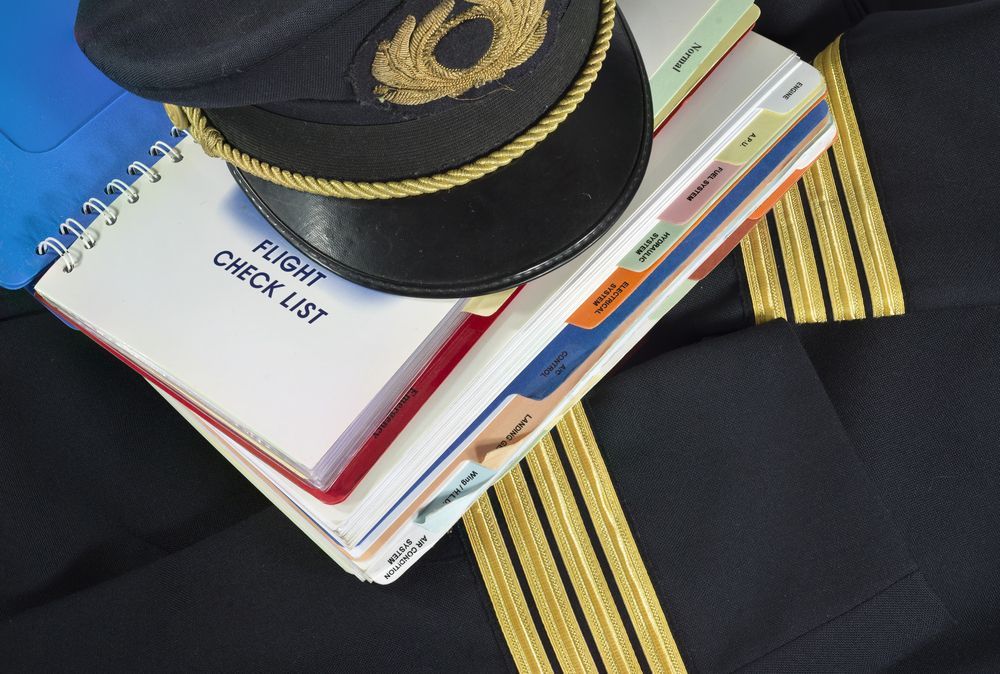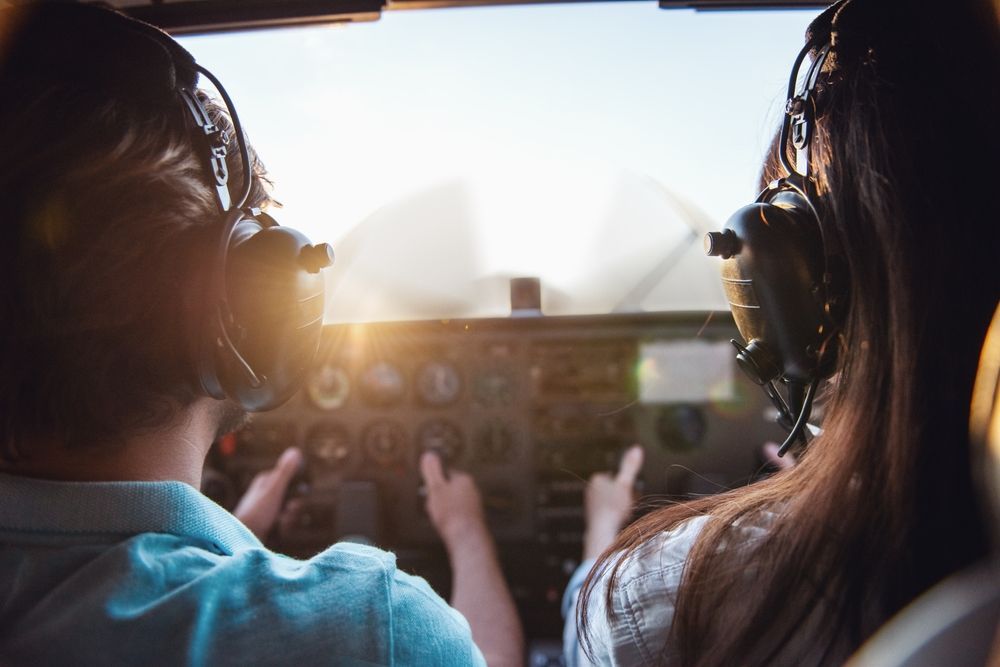How to Become a Pilot in Your 30s, 40s, or Beyond
Share this article:
Many people reach their 30s or 40s with a sense that they should already be settled into a long-term career. But what happens when that path no longer fits? For those who’ve always imagined flying but thought the chance had passed, the idea can resurface. Often, it returns with more clarity and purpose than before. Aviation offers a second chance at a first love. Structured training, real career paths, and a clear timeline open the door to a confident pivot. The
pilot shortage and opportunities across the industry have opened the door wider than ever. The opportunity is still there. The next move is yours.
You’re Not Too Old to Fly
Age isn’t a barrier to entry in aviation. The FAA sets no upper age limit for starting flight training, and thousands of pilots begin their journeys well into adulthood. Becoming a pilot at 30 or becoming a pilot at 40 is not unusual. In fact, it's increasingly common.
Airlines focus on qualifications, training quality, and total flight time, not the age you were when you started. In many cases, older students have advantages. They tend to be more financially prepared, more focused in the classroom, and more motivated to stay on track.
Life experience translates well in the cockpit. Decision-making, communication, and professionalism are all key skills that often come naturally to adult learners. If you’ve been considering this path but held back because of age, know that others have taken the same step and found success. There’s still time to fly.

Why More Adults Are Choosing to Become Pilots
A growing number of adults are entering aviation later in life. Some are looking for more meaningful work. Others are leaving behind careers that no longer feel like the right fit. Aviation brings what many mid-career professionals are searching for: clarity, structure, and a sense of progress they can measure.
Becoming a pilot at 30 or 40 typically comes from a long-standing interest that never fully went away. Once life becomes more stable, that interest starts to feel like a real option. Many see it as a way to reconnect with a long-held interest and move toward something more purposeful.
There’s also a strong demand for qualified pilots, which makes the industry more open than ever to new entrants. The training takes commitment, but the path forward is clear. With the right guidance, the transition into aviation can be both realistic and rewarding.
The Path to Becoming a Pilot After 30
The steps to becoming a professional pilot stay the same, no matter when you start. Most begin with a Private Pilot License (PPL), then move into Instrument, Commercial, and Multi-Engine ratings. Many go on to earn a Certified Flight Instructor (CFI) certificate to build time and experience while helping others learn.
What changes later in life is how you approach the process. You may be more intentional with your time and more selective about where and how you train. That’s where structure matters. We create a direct, career-focused training path built in partnership with Liberty University. Students can pursue a degree while completing FAA certifications, all through a program designed to stay on track.
You don’t need to guess your next step. The path is mapped out, and support is in place to help you move through it with confidence.
Training That Fits Your Life
Starting flight training later in life often means balancing it with work, family, or other responsibilities. That’s why flexibility matters. JA Flight delivers training options that support full-time students and working professionals alike. Liberty University’s online degree program and part-time flight schedules both structure learning around steady progress without a full-time block.
Adult learners typically bring strong time management skills and a clear sense of purpose, which helps them stay focused throughout the program. Instructors understand the unique challenges that come with training at this stage in life and are prepared to guide a wide range of learning styles and schedules.
You don’t need to pause everything to pursue aviation. With the right structure in place, it becomes part of your routine and moves you steadily toward a long-term goal you can be proud of.
How JA Flight Helps You Launch a New Career

Career-focused training is one of the most important parts of making a successful transition into aviation. JA Flight is built specifically for those who want to fly professionally, laying out a clear path from first flight through commercial certification. Every step is designed to help you meet hiring requirements and build the hours and experience airlines are looking for.
Through a partnership with Liberty University, students have the option to earn a degree alongside their flight training. Internships, instructor positions, and structured time-building plans help adult learners move forward with purpose. It’s a continuation of the experience and discipline you already bring to the table.
Instructors, advisors, and support staff understand what it means to change direction later in life. That perspective shapes how they train, how they coach, and how they help students prepare for a long-term career in aviation.
What Training Later in Life Is Like
Learning to fly at 30, 40, or beyond often feels different from it does at 18. Adult learners usually arrive with clear goals, stronger discipline, and a deeper understanding of why the work matters. That mindset can make training more focused and more rewarding.
Our team recognizes the value that older students bring. Lessons are paced to meet each student where they are, without rushing or holding back. You’ll train alongside others who may be starting their aviation journey at various stages in life, which creates a learning environment that’s both serious and supportive.
New skills take time to develop, but the challenge is part of what makes the process meaningful. Many students describe flight training as one of the most engaging experiences of their adult lives. It’s an investment in yourself that can lead to meaningful change.
Start Your Flight Training Journey Today
If you’ve been thinking about becoming a pilot at 30 or becoming a pilot at 40, now is the time to take the next step. The industry needs qualified pilots, and your goals are still within reach. JA Flight offers the structure, flexibility, and insight to help you build a career with lasting value.
You don’t have to figure it out on your own. Our team is here to walk you through the options, answer your questions, and help you get started.
Contact us today to schedule a tour, speak with an advisor, or learn more about our
career pilot programs.
Connect with Us:



